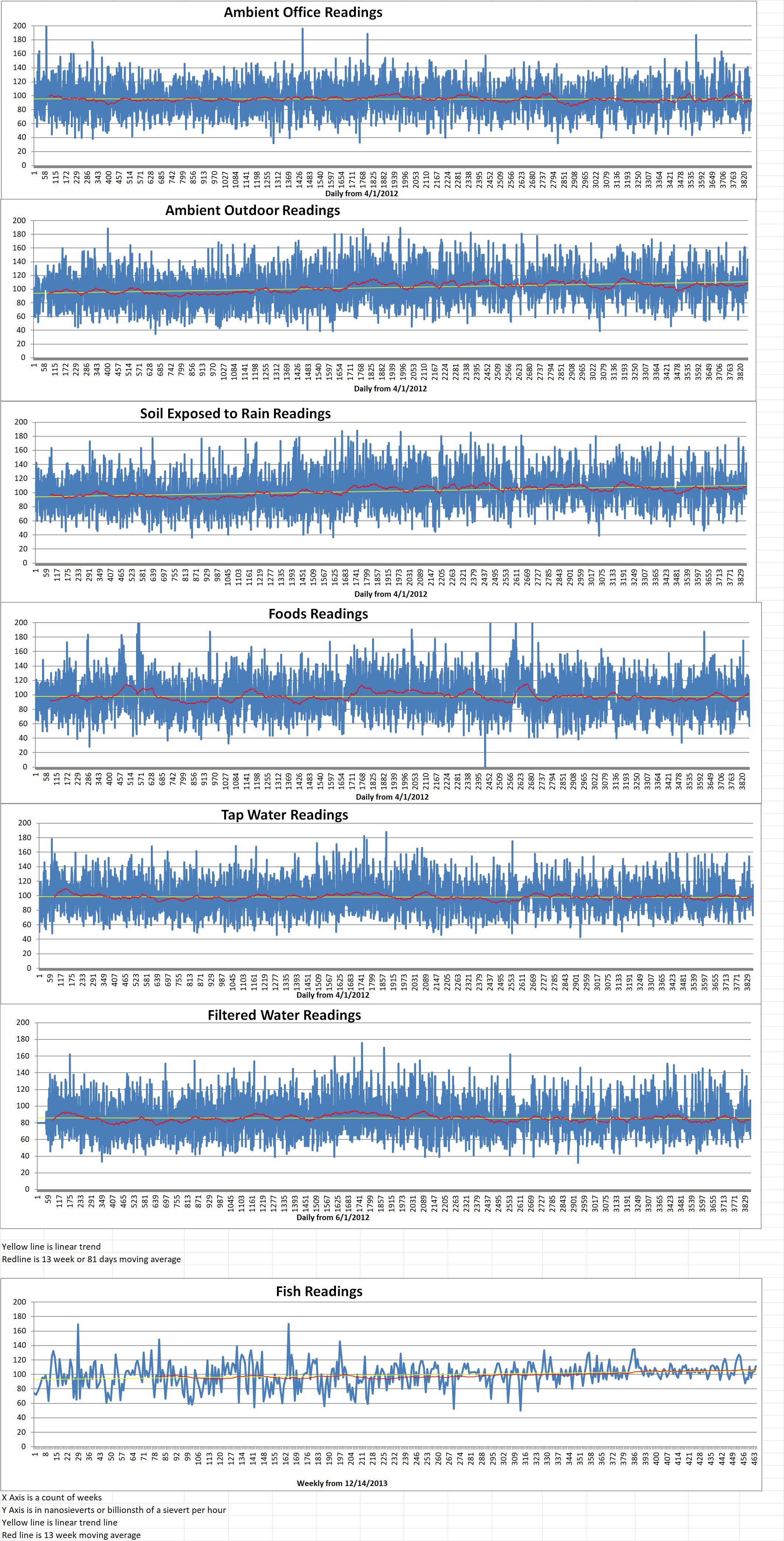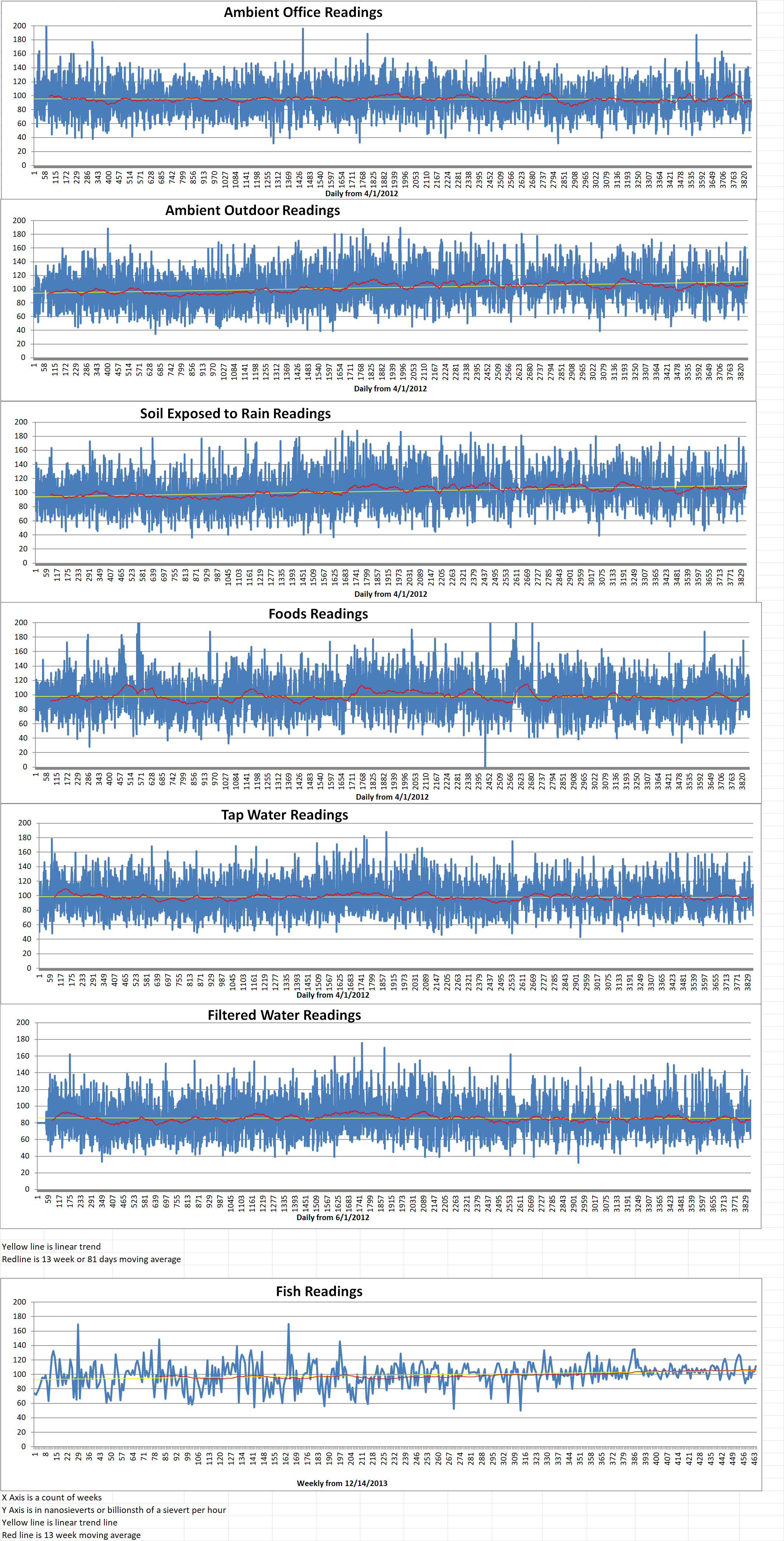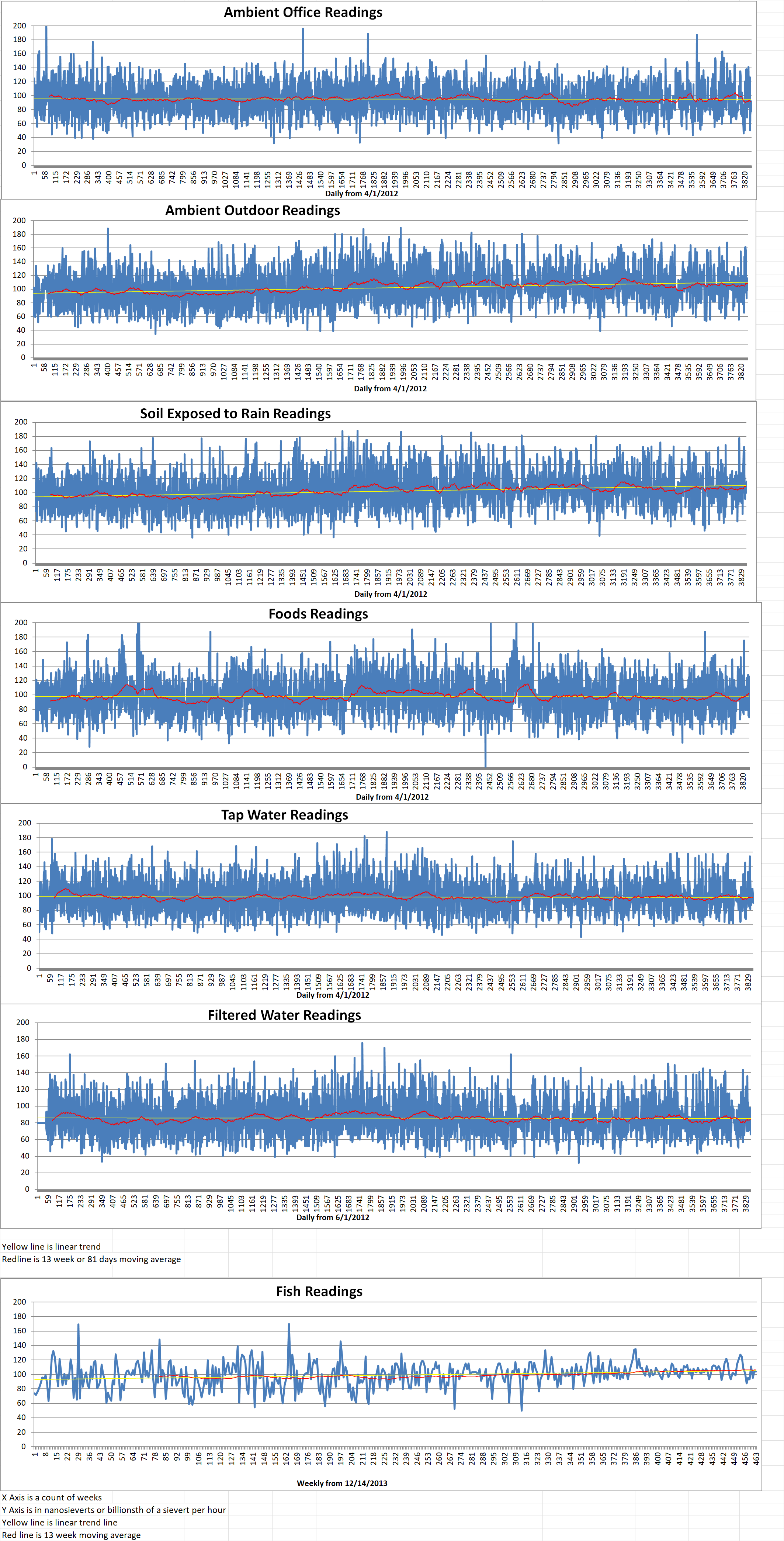Last week, the news was full of announcements that an MIT startup had successfully tested a massive magnet that could allow them to achieve “net energy” with their nuclear fusion reactor. This week, scientists at the International Thermonuclear Experimental Reactor (ITER) being constructed in France announced that they have received the first part of another giant magnet. The magnet is so powerful that its U.S. manufacturer claims that it could lift an aircraft carrier. When the new magnet is fully assembled, it will be almost sixty feet tall and fourteen feet in diameter. Experts say that it could be the key to providing practically limitless energy via nuclear fusion.
Nuclear fusion utilizes the same reaction seen in the Sun and other stars to produce energy. Current cutting-edge technology is being developed to allow scientist to safely collide light atoms together to form a heavier atomic nucleus while also releasing huge amounts of energy. The main problem faced by today’s researchers is that fusion reactors expend much more energy controlling and stabilizing the burning plasma required for the reaction than the energy it produces.
That is the reason why scientists are developing incredibly power-efficient and powerful magnets. The less power these magnets require, the closer scientist will be to achieving the “net energy” they seek from nuclear fusion. U.S.-based General Atomics shipped a component of its “central solenoid” superconducting magnet from San Diego to France this summer. Laban Coblentz is a spokesman for ITER. He said, “Each completion of a major first-of-a-kind component — such as the central solenoid’s first module — increases our confidence that we can complete the complex engineering of the full machine.” The magnet includes huge coils that weigh over two hundred and fifty thousand pounds.
ITER is now about seventy five percent complete. Scientists behind the project have established a goal for starting the reactor by 2026. Ultimately, the scientists intend to produce ten times more energy by 2035 than is required to power the fusion reactor.
ITER scientists are involved in an international race against other research organizations, both public and private, to develop commercial nuclear fusion. The MIT and Commonwealth Fusion Systems (CFS) mentioned above have stated that they might have their first functional fusion power plant, called ARC, operating in the early 2030s. First they will have to use their new magnet in an experimental Tokamak fusion reactor called SPARC. Neither ITER nor SPARC will be used commercially. Instead, they will serve as experimental platforms aimed at proving the viability of commercial nuclear fusion.
The ITER project is an international collaboration which is funded by the governments of most of the countries in Europe, as well as the U.S., Russia, China, Japan, India and South Korea. If ITER is successful, all of these participating countries will benefit from the intellectual property generated by the experiments. ITER’s success would greatly enhance the global community’s ability to reduce carbon emissions. This is a necessary requirement if we wish to turn the tide on the ongoing climate change crisis.







